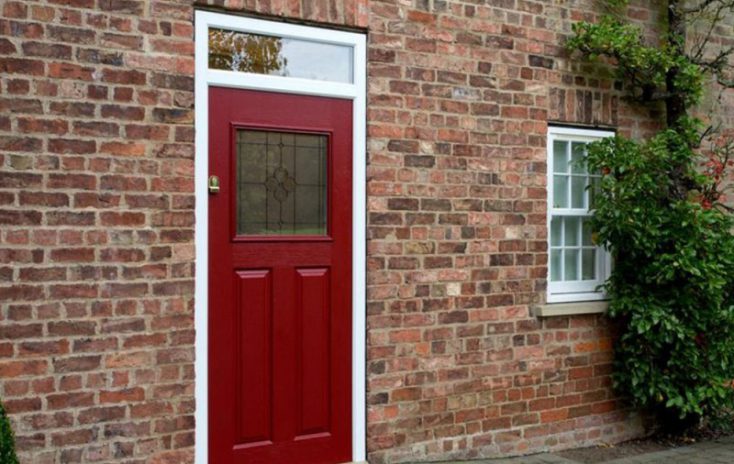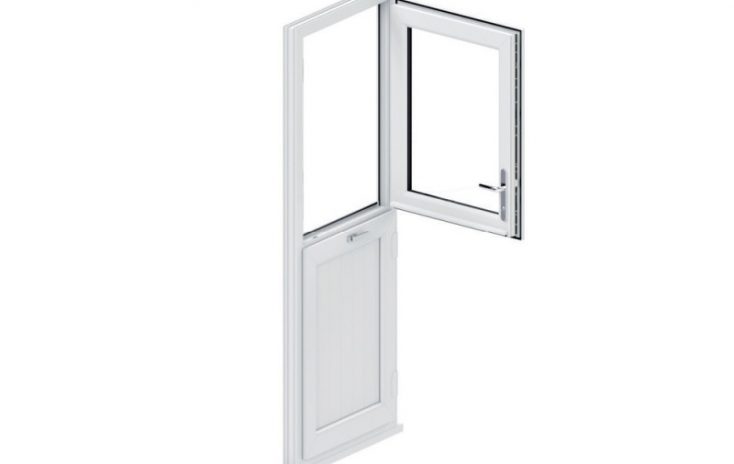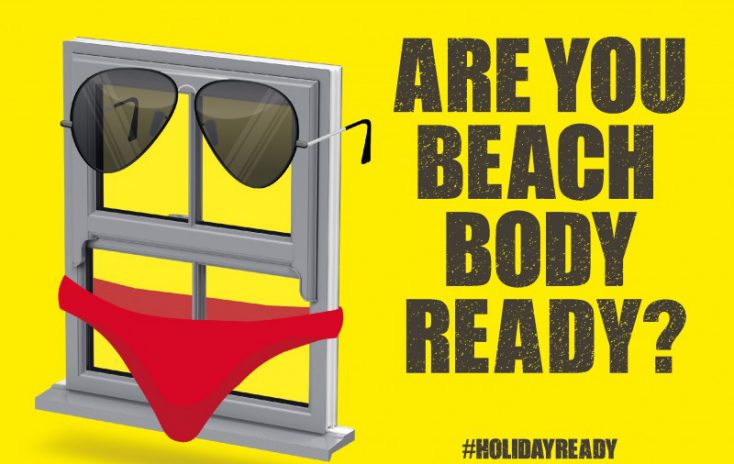Building regulations are in place to ensure that a minimum standard is maintained across the industry. This is especially important when it comes to ensuring homes and dwellings are safe and secure.
Approved Document Q is concerned with the security of new residential dwellings. The document was introduced to help reduce access potential for intruders when it comes to new residential properties, aiming to make homes more secure.
Having come into force in October 2015, the regulations set out in this document apply to any new building that is going to be used as a residential dwelling.
In this article, we take a closer look at the requirements laid out in Approved Document Q and what this means for the security of doors and windows.
Requirements of Approved Document Q:
Approved Document Q uses the current PAS 24:2012/2016 British Standard. PAS 24:2012/2016 is a test for windows and doors taking into account the potential forms of break-ins. Examples of these forms of attack include using implements to break into the door, physical force and other known methods of gaining entry through a window or a door.
PAS 24:2012/2016 is connected to the Secured by Design certification. If a door or window meets the standard of Secured by Design then they are highly likely to reach the standard of PAS 24:2012/2016. In order to achieve this standard, your doors and windows must fulfil certain requirements. These requirements include:
- A multi-point locking system that meets the relevant British or European Standards
- A Kitemarked product subject to the lock provided
- High-security door handles and lock cylinders
- Testing and certification to approved standards
Do all doors and windows have to comply with Approved Document Q?
In short, no. Approved Document Q only refers to newly built properties and therefore isn’t relevant for any replacement doors or windows.
Approved Document Q has to be met when a window and door is regarded as easily accessible. This would include:
- Front and back doors
- Ground floor windows
- Other windows that are easily accessible (this includes rooflights)
- Doors to individual properties in apartment buildings and also those connecting to communal areas
To understand whether a window or door falls within this category, it is important that ‘easily accessible’ is clarified. Windows and doors are subject to this where any part is accessible within 2m from the ground, a balcony or a flat roof.
When did Approved Document Q come into effect?
The Approved Document Q came into effect on 1 October 2015. As a result, this means It does not apply to work that was started before 1 October or work that is subject to a building notice, full planning application or initial notice which were submitted before that date. However, this is providing that the work was started on-site before 1 October 2016.
Does Approved Document Q apply for extensions?
Currently no, extensions fall outside of the scope of Approved Document Q.
Do TruFrame windows and doors meet the standards of Approved Document Q?
Yes. All of our windows and doors are Secured By Design accredited and meet the criteria set out.
Get in touch with us to open a trade account.
Want to learn more about Approved Documents and Building Regulations?
We’ve produced a range of articles related to Approved Documents and Building Regulations. Take a look below.



